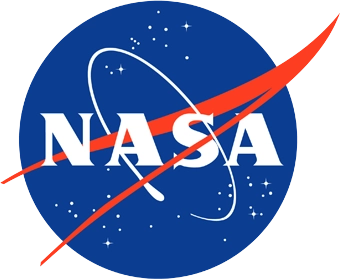Dr Matthew A Thompson is a Lead Scientific Programmer/Analyst in the Global Modeling and Assimilation Office (GMAO) at NASA Goddard Space Flight Center (GSFC). His current role is to support the GEOS GCM in regards to high-performance computing, focusing on maintaining and extending the infrastructure surrounding it including portability and building on various architectures.
Dr Thompson received his BA in Chemistry, summa cum laude, from The Colorado College in Colorado Springs, Colorado. He then moved to the University of Colorado at Boulder where he did his PhD work in Theoretical Chemistry under Dr Robert Parson at JILA. His thesis was "From Femtoseconds to Nanoseconds: Simulations of IBr- Photodissociation Dynamics in CO2 Clusters". After that he was a National Research Council Postdoctoral Scholar at the Naval Research Lab in Washington DC working with Dr Brett Dunlap on analytical density functional theory.
